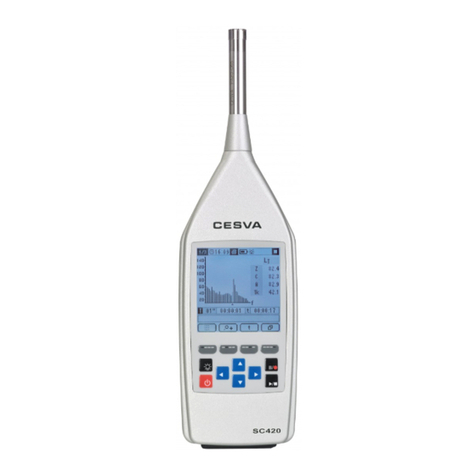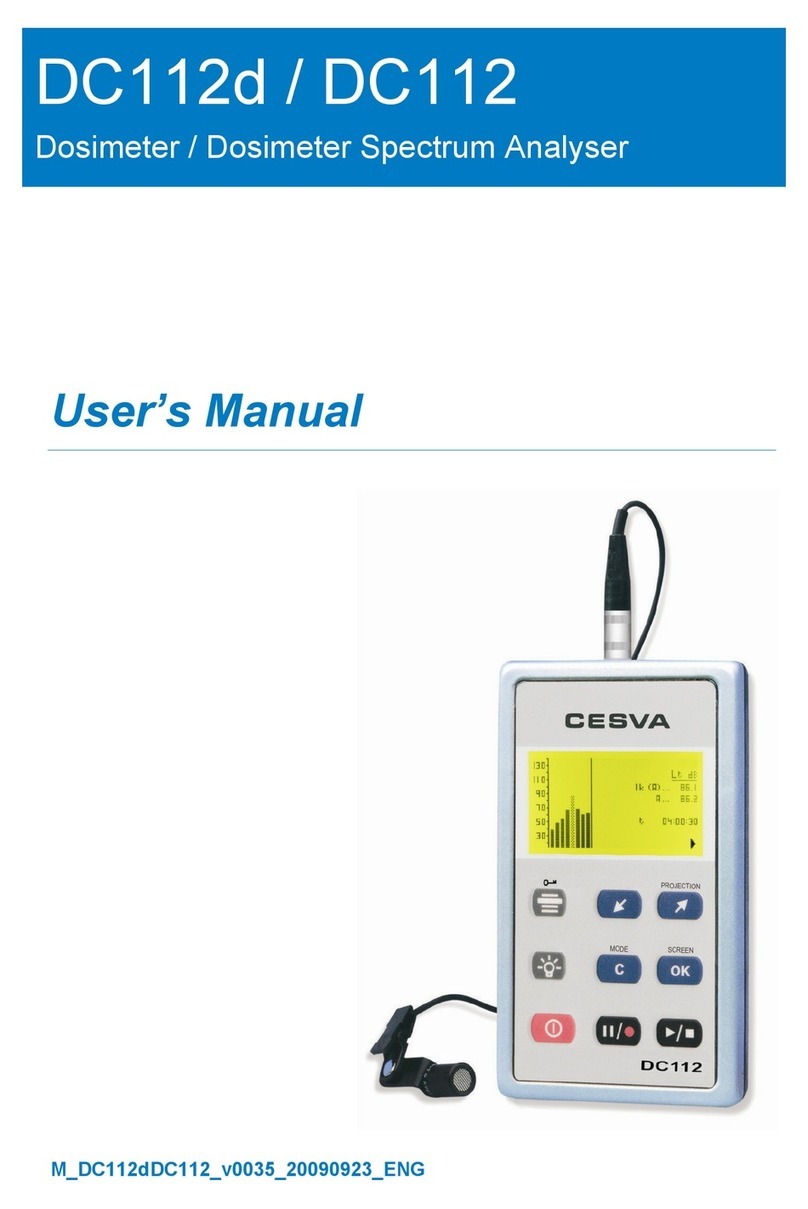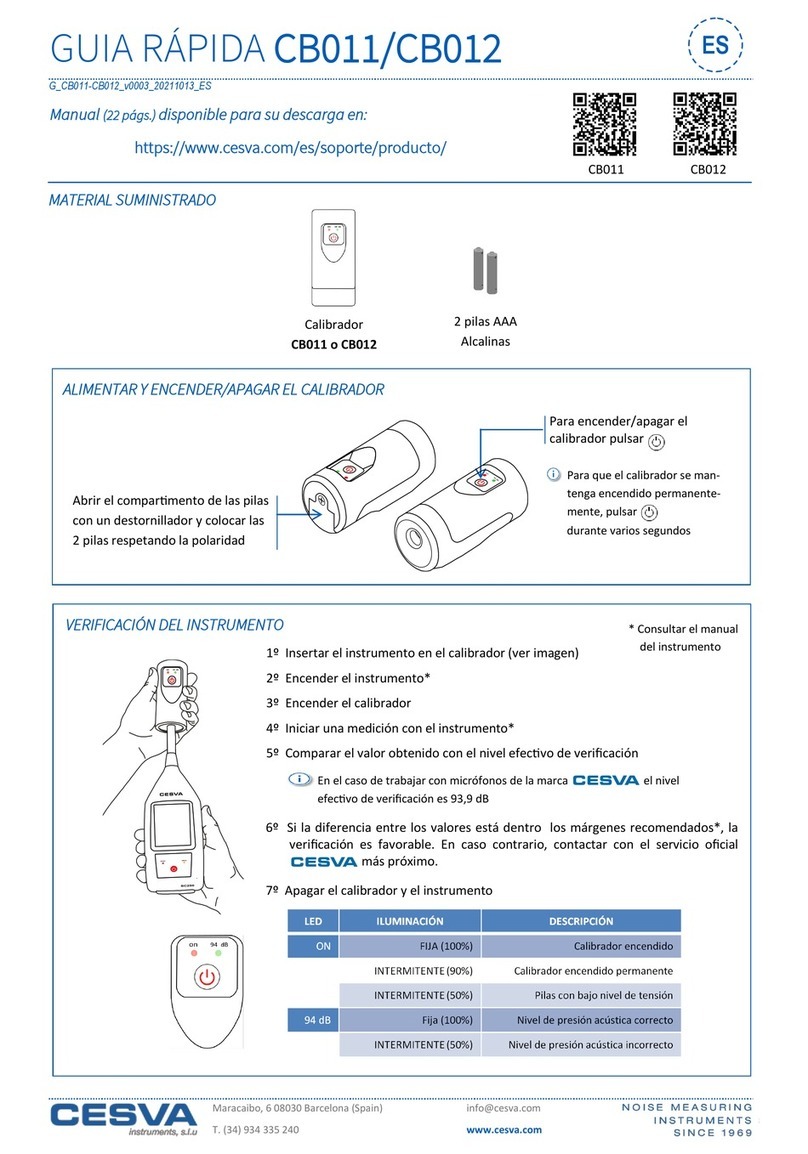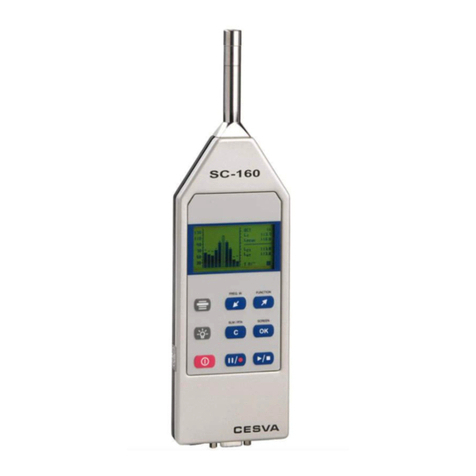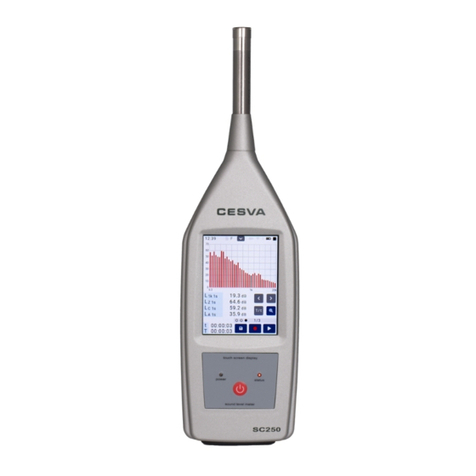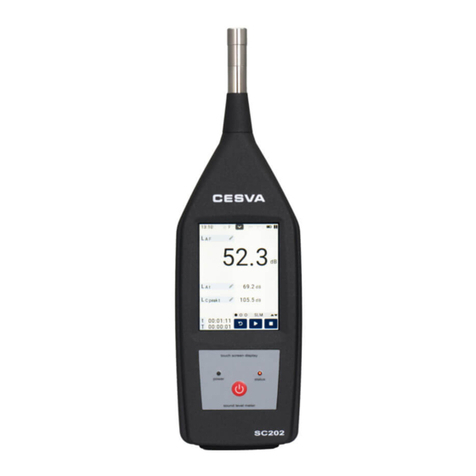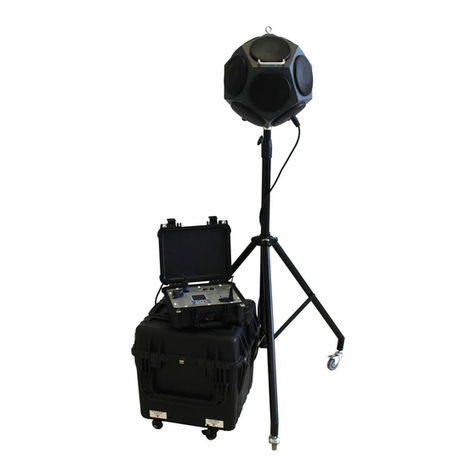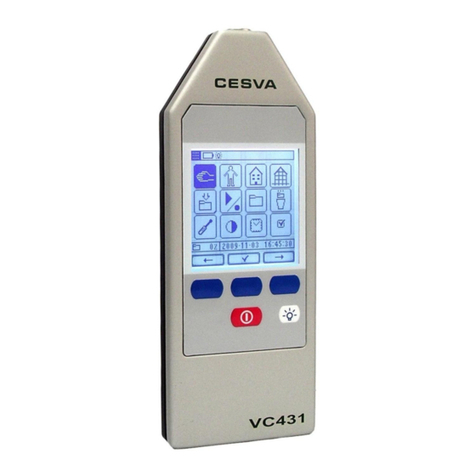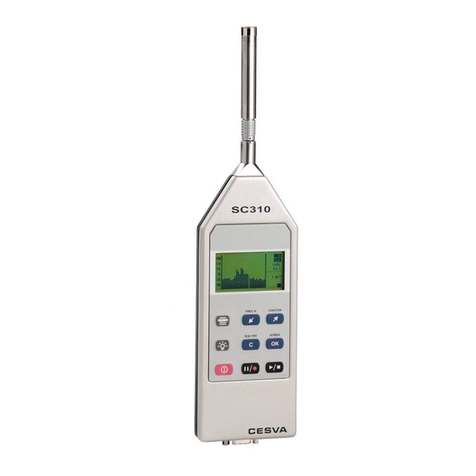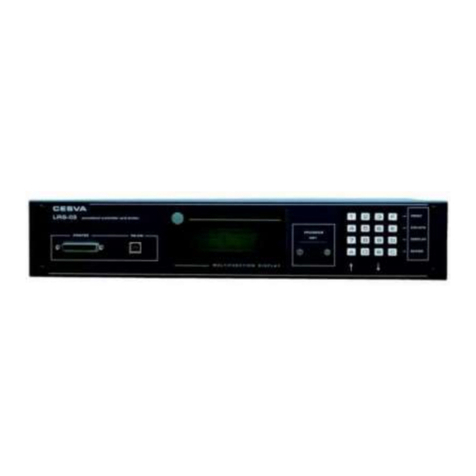
2
2.6.3 Register management...........................................................................................26
2.6.4 Printing..................................................................................................................26
2.6.5 Settings.................................................................................................................26
2.7 Turning the SC-30 off..................................................................................................27
2.8 Precautions.................................................................................................................28
3. DATA REGISTRATION ...................................................................................................30
3.1 Saving results..............................................................................................................30
3.2 Making a recording......................................................................................................31
3.3 Kinds of recording.......................................................................................................31
3.3.1 Recording in sound level meter mode...................................................................31
3.3.2 Recording in spectrum analyser mode..................................................................32
3.4 View register ...............................................................................................................32
3.5 Erase memory.............................................................................................................32
4. DATA TRANSFER...........................................................................................................33
4.1 Data transference to a PC: Communication software..................................................33
4.2 The AC output: Recording calibrated measurements ..................................................34
4.3 Print from the SLM......................................................................................................34
5. TECHNICAL SPECIFICATIONS......................................................................................36
5.1 Measurement range....................................................................................................36
5.2 Detector - Functions L
F
, L
S
and L
I
................................................................................37
5.3 Peak detector - L
peak
function.......................................................................................38
5.4 Integrator - L
T
, L
t
and L
E
functions...............................................................................38
5.5 Frequency weighting...................................................................................................38
5.6 AC output....................................................................................................................39
5.7 Octave filters...............................................................................................................39
5.8 Measurement range (octave band spectrum analyser)................................................40
5.9 Microphone.................................................................................................................41
5.10 Diffuse field sensitivity (S) .........................................................................................42
5.11 Directivity ..................................................................................................................42
5.12 Reference conditions.................................................................................................43
5.13 Warm-up time............................................................................................................44
5.14 Temperature influence ..............................................................................................44
5.15 Humidity influence.....................................................................................................44
5.16 Magnetic field influence.............................................................................................44
5.17 Vibration influence.....................................................................................................44
5.18 Battery & External supply..........................................................................................45
5.19 Dimensions and weight.............................................................................................45












